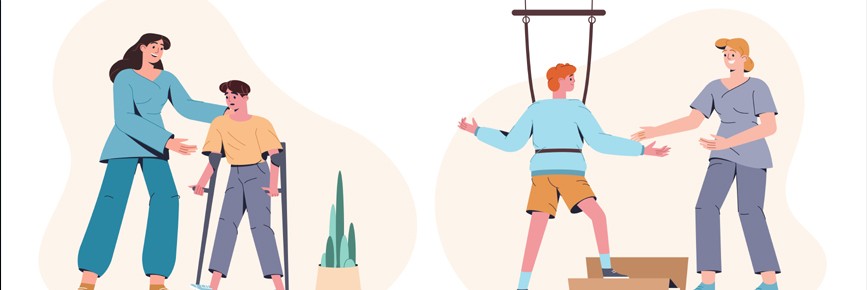
1. Recognise Manual Handling Risk Factors and How Injuries Can Occur.
2. Understanding Employer’s and Employee’s Responsibilities Under Relevant National Health & Safety Legislation, Including the Most Recent Versions of The Manual Handling Operations Regulations.
3. Understand Responsibilities Under Local Organizational Policies for Moving and Handling.
4. Know Where Additional Advice and Information Can Be Sought Relating to Moving and Handling Issues.
5. Use an Ergonomic Approach to Manual Handling and Other Work Tasks, Leading to Improved Working Posture.
6. Understanding the Principles of Good Back is to Promote General Musculoskeletal Health.
7. Understand the Principles of Safer Handling.
8. Know the Factors to be Included in Undertaking a Dynamic Risk Assessment before Undertaking a Moving and Handling Activity.
9. Understand How the Organization Uses Its Risk Management Processes to Inform Safe Systems of Work.
10. Choose Suitable Risk Control Strategies, Resources, and Support Available to Facilitate Good Practice Following a Risk Assessment Appropriate to the Staff Member’s Role.
11. Provide Patients with the Best Quality Care Using Appropriate, Safe, and Dignified Moving and Handling Strategies.
12. Understand Standard Human Movement Patterns as a Prerequisite to Moving and Handling People.
13. Understand How Multidisciplinary Team Communication and Risk Assessments Ensure the Safe Handling of Patients.
14. Takeaways from Moving and Handling Learning.